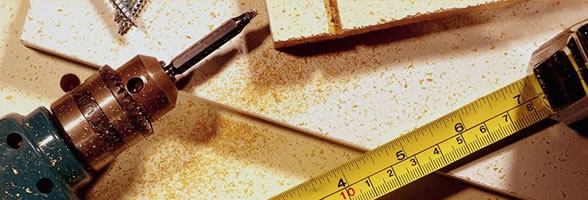
Cheo or Vietnamese Popular Theatre
10/06/2016 21:19Cheo is a form of stage performance that originated in the northern countryside. The word cheo means “lyrics of folk ballads, proverbs”.

Traditionally, cheo was composed orally by anonymous authors. Today's playwrights compose cheo along traditional lines. The characters in the plays sing time-tested popular melodies with words suited to modern circumstances. Human rights and the battle of good against evil are common themes. The joyfulness and optimism of cheo is expressed through humour and wit.
In cheo performances, there is always an exchange between the audience and the performers. The performers, dao (actress), kep (actor), lao (old man),mu (female character) and he (buffoon).
At present cheo is an integral part of Vietnamese theatre and is well liked by people in both the country and in towns, and by foreign spectators as well.
The buffoon in Cheo
The buffoon is a familiar character in cheo, in which there is often a blend of the tragic and the comic. He speaks the language of the people and shoots shafts of satire at evil-doers, such as ignorant witchdoctors, greedy landlords, or arrogant mandarins. He may wear a short coat, the garment of the commoner or a long robe, an article of clothing favoured by members of the upper classes in the old society. A couple of buffoons may appear on stage, including the master in a flowing gown and his servant in a short coat and carrying a stick, each speaking the language and behaving the ways of his class. The buffoon may make his entry right at the beginning of a play, carrying a torch or a megaphone and provoking wild laughter from the audience.
Cheo is now undergoing a strong revival. It is particularly relished by foreigners by overseas Vietnamese visiting the country.
Source: https://vietnamtourism.com/
—————
